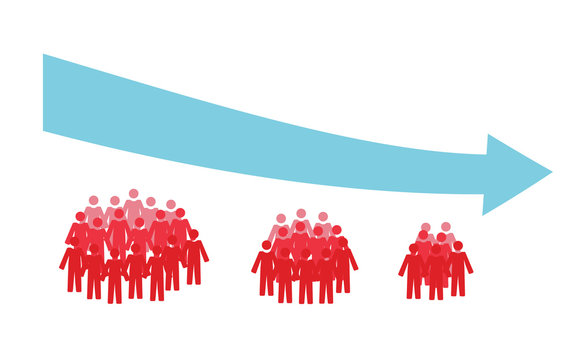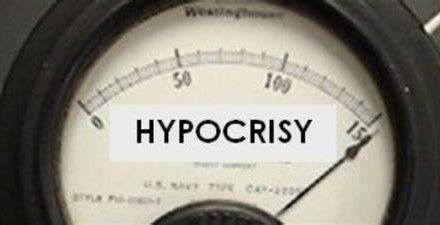Thumbnail: The 2020 Census demonstrates that the African American diaspora that began in the Memphis region about 30 years ago is continuing. Meanwhile, the population of Memphis, Shelby County, and the MSA continue to languish.
**
The growth of the towns outside Memphis began with white flight around 1970 and stepped up again about 1990 with middle class flight that propelled the African American diaspora in the Memphis region.
Between 1970 and 2010, more than 170,000 people who once lived inside the 1970 city limits of Memphis moved outside of them. If Memphis were landlocked by cities surrounding it like most of its peers and could not have annexed, it would today have a population of about 450,000. As a result, City of Memphis embarked on an assertive program of annexation in order to chase its tax revenues as they moved outward.
Because of annexation, Memphis’ population has remained largely the same for decades, seducing the powers-that-be that all was going well as the 1970 Memphis hollowed out. At one point, Brookings Institution listed Memphis as one of the country’s most successful cities because its population had now dropped; however, it wasn’t aware that it was annexation making that possible and that made Memphis different from most major cities.
The city’s population for the last four Census reports was:
610,337 in 1990
650,100 in 2000
646,889 in 2010
633,104 in 2020
Masking The Population Loss
The recent Census was the second consecutive census that showed the population headed down at a rate four times more than the drop of 3,211 between 2000 and 2010.
This time, the drop in Memphis population was 13,785 people, suggesting a trend line that is likely to be challenging to reverse by the 2030 Census. To complicate things, Memphis’ deannexations of several areas have reduced the population roughly 11,000 people since the Census was taken.
Two city administrations have expressed their concerns about the lack of population growth. Memphis Mayor Jim Strickland’s last weekly email did its best to put a good spin on the population reduction, making the point that the exodus out of Memphis was slowing down. He’s been concerned for some time about the population of Memphis. His predecessor, Mayor A C Wharton Jr., had similar concerns.
Unfortunately, there has never been a comprehensive, cohesive plan to reverse the population slide, notwithstanding the question of whether a city has to be gaining population to be successful. That said, population growth is regularly seen by others as a proxy for economic health and that seems the prevailing attitude of people who are influential in economic development in Memphis.
That said, the 2020 Census had some unprecedented problems: the pandemic made it harder to publicize, Americans were cautioned about social contact, and the Trump Administration was being unhelpful, especially in the urban core, so that Democratically-leaning cities would have fewer representatives in Congress and state legislatures.
The strongest indicator of whether progress is being made is if Memphis can retain and attract young professionals. Everyone has a favorite anecdote to make a point that Memphis is succeeding, but truth is the city is not doing well in this demographic category.
Missing The Projections
Here’s the thing: the amount of decline in population not only surprised Memphis leaders but also the U.S. Census Bureau. Only last year, the Bureau’s American Community Survey had projected Memphis’ population at 651,073.
That said, the Census Bureau, through its American Community Survey, also overestimated the population of Shelby County and the MSA. The 2019 estimate of the population was 937,166 for Shelby County but it ended up 929,744. The 2019 estimate of the MSA’s population was 1,346,045, but the Census reported this year that it is 1,337,779, a minuscule 0.008% increase.
Shelby County’s population was largely flat with a 2% increase. The Hispanic population increased 49.2% which offset a decline in White population by 13.3% and Black population decline of 1.3%.
But back to the middle class diaspora, what has most characterized it is the increasing Black population outside Memphis, and the 2020 Census shows that it is continuing. Compared to the 2000 Census, every Shelby County town and key ones in DeSoto County have recorded significant increases.
The exception is Germantown, the only city whose African American population is recorded in single digits for the third consecutive census. Since 2010, the Black population of Germantown has declined 30% and is now only 2%.
Tale of the Tape
Meanwhile, the African American population of Horn Lake and Southaven is four times larger than 20 years ago and Olive Branch is about three times larger.
Here are the percentage of African American population in every town in Shelby County and some for DeSoto County:
Collierville
7.18% – 2000
10.85% – 2010
13.7% – 2020
Bartlett
5.96% – 2000
16.06% – 2010
21.3% – 2020
Germantown
2.32% – 2000
3.57% – 2010
2.0% – 2020
Lakeland
5.05% – 2000
9.36% – 2010
10.5% – 2020
Arlington
24.81% – 2000
13.84% – 2010
17.6% – 2020
Millington
22.87% – 2000
25.65% – 2010
22.5% – 2020
Horn Lake
10.28% – 2000
32.86% – 2010
45.0% – 2020
Southaven
6.91% – 2000
22.16% – 2010
27.9% – 2020
Olive Branch
11.29% – 2000
23.12% – 2010
30.4% – 2020
DeSoto County
11.4% – 2000
21.87 – 2010
30.1% – 2020
**
Join us at the Smart City Memphis Facebook page for daily articles, reports, and commentaries that are relevant to Memphis.





